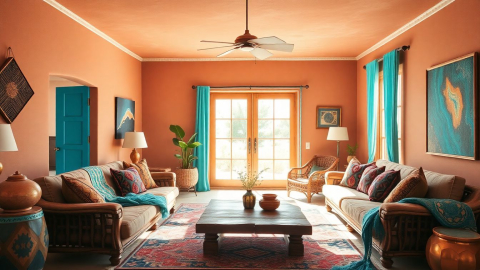The Soul of Africa: Embracing Vibrant Design in Modern Interiors
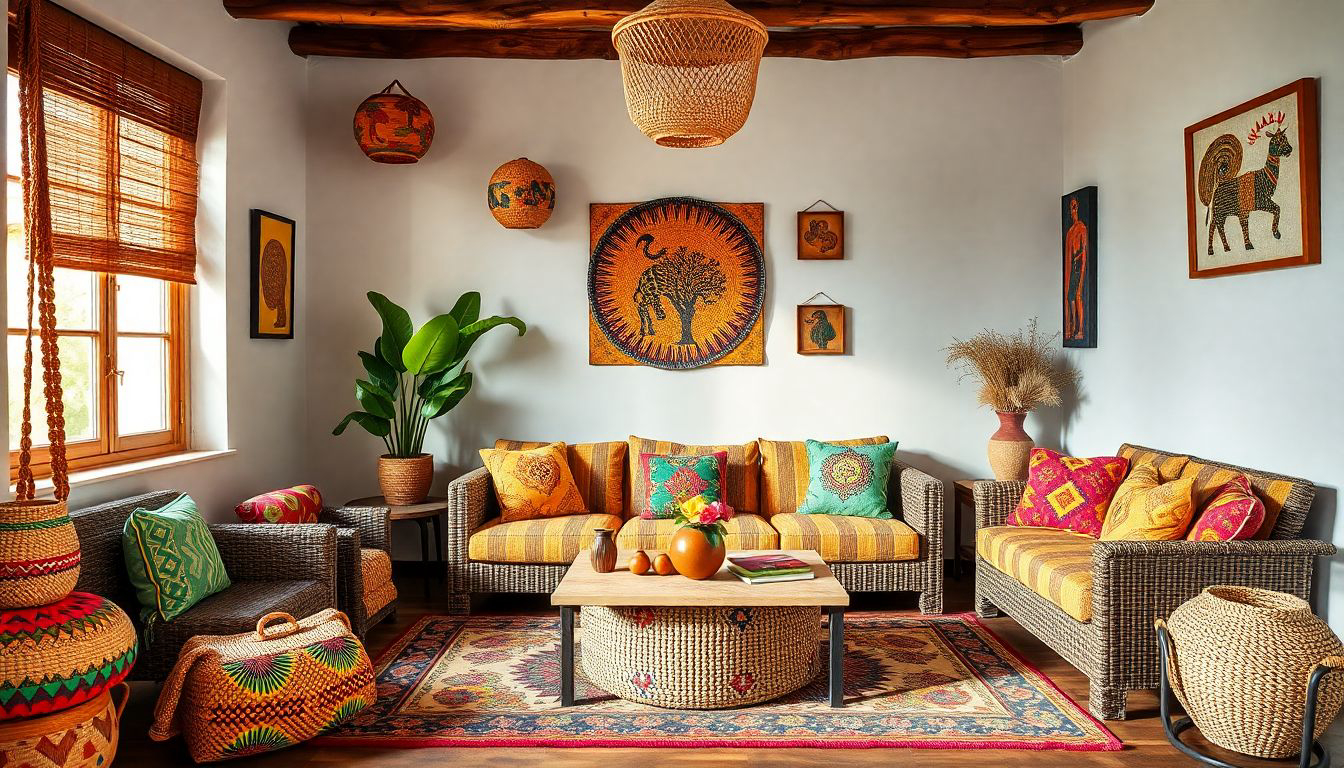
African interior design is a celebration of culture, history, and the vibrant spirit of a continent rich in diversity. It's a style that speaks to the heart, combining bold colors, intricate patterns, and natural materials to create spaces that are both visually striking and deeply meaningful. From the sun-baked earth tones of the Sahara to the lush greens of tropical rainforests, African design draws inspiration from the continent's varied landscapes and the creativity of its people.
In recent years, there has been a growing appreciation for African-inspired interiors, as designers and homeowners alike seek to infuse their spaces with warmth, character, and a connection to heritage. This trend goes beyond mere aesthetics; it's about creating environments that tell stories, honor traditions, and reflect the dynamic energy of contemporary Africa.
The Essence of African Design
At its core, African interior design is about more than just decorating a space. It's a philosophy that embraces the idea of 'joyful living,' as exemplified by designers like Ash Appleton, who approaches her work with a focus on creating comfortable, inviting, and quirky spaces. This approach is rooted in the belief that our surroundings should uplift us, inspire us, and connect us to our cultural roots.
Color as a Language
One of the most striking aspects of African design is its use of color. Far from being simply decorative, color in African interiors is a form of unspoken language, rich with symbolism and meaning. For example, in the Ndebele tribe's artistic tradition, colors carry specific significance:
- Black represents the people of the spiritual world
- White symbolizes purity
- Red signifies passion and power
- Yellow represents fertility and hope
- Green symbolizes land and agriculture
These colors are often woven together in geometric patterns, creating a visual narrative that can communicate everything from a family's status to prayers and cultural resistance. As Ash Appleton notes, "I have a good eye for color, which I love to offset against a brilliant white backdrop." This contrast between vibrant hues and neutral backgrounds is a hallmark of modern African-inspired interiors.
Texture and Materials
Another key element of African design is the use of natural materials and textures. From handwoven baskets to carved wooden stools, these elements bring a tactile quality to interiors that connects inhabitants to the earth and to traditional craftsmanship. Designer Boubacar Doumbia, for instance, creates stunning textiles using the traditional bogolan mud-dyeing technique, resulting in fabrics that are not only beautiful but also deeply rooted in Malian culture.
Blending Tradition with Modernity
One of the most exciting aspects of contemporary African interior design is the way it blends traditional elements with modern aesthetics. This fusion creates spaces that are at once timeless and thoroughly of the moment. As Kemi Lawson, owner of a Georgian worker's cottage in London, puts it, "I call my main concept 'Afro-Aristo'. This is because a lot of the time an African aesthetic is rustic, safari chic and rural village scenes, whereas I wanted my interpretation to be synonymous with luxury, high-end interiors."
This approach challenges stereotypical notions of African design and opens up new possibilities for creative expression. By combining antique pieces with contemporary art, or pairing traditional textiles with sleek modern furniture, designers are creating spaces that honor the past while looking firmly to the future.
The Power of Storytelling
One of the most compelling aspects of African interior design is its capacity for storytelling. Every piece in a well-designed African-inspired space has a history, a purpose, and a meaning. From the intricate patterns of a Kuba cloth to the symbolism embedded in a carved wooden mask, these elements come together to create a narrative that speaks to both personal and cultural identity.
As Ash Appleton advises, "Invest in original art for your home, avoid generic, mass-produced prints. This is the easiest way to personalize your home and make it cool and interesting. Art elevates any space and helps to bring a scheme together."
Practical Tips for Incorporating African Design
For those looking to bring a touch of African-inspired design into their homes, here are some practical tips:
- Start with Color: Introduce bold, earthy colors through accent pieces like cushions, rugs, or artwork. Don't be afraid to mix and match different hues for a vibrant, layered effect.
2. Embrace Natural Materials: Incorporate elements like woven baskets, wooden sculptures, or clay pots to add texture and warmth to your space.
- Invest in Artisanal Pieces: Look for handcrafted items that showcase traditional techniques, such as mud cloth textiles or beaded accessories.
4. Mix Old and New: Combine vintage or antique African pieces with modern furniture for an eclectic, personalized look.
- Tell Your Story: Choose pieces that resonate with you personally, whether they reflect your own heritage or simply speak to your aesthetic preferences.
6. Create Focal Points: Use large-scale art pieces or statement furniture to create dramatic focal points in your space.
- Layer Textures: Combine different textures like rough-hewn wood, smooth leather, and soft textiles to create depth and interest.
The Future of African Interior Design
As the world becomes increasingly interconnected, African interior design is poised to play an even more significant role in global design trends. The growing appreciation for sustainable, handcrafted goods aligns perfectly with the ethos of traditional African craftsmanship, while the bold patterns and colors of African textiles offer a refreshing alternative to minimalist design trends.
Moreover, as more African designers gain recognition on the international stage, we can expect to see even more innovative interpretations of traditional motifs and techniques. This evolution will likely lead to a more nuanced understanding of African design, moving beyond stereotypes to embrace the full complexity and diversity of the continent's creative traditions.
Conclusion
African interior design offers a rich tapestry of possibilities for creating spaces that are both beautiful and meaningful. By embracing the vibrant colors, rich textures, and storytelling elements of African design, we can create interiors that not only look stunning but also resonate on a deeper, more personal level.
Whether you're looking to completely transform your space or simply add a touch of African-inspired flair, the key is to approach the process with an open mind and a willingness to experiment. As Ash Appleton reminds us, "Don't rush… live with the space first, figure out what you like, what doesn't work and why."
By thoughtfully incorporating elements of African design into our homes, we not only create more visually interesting spaces but also pay homage to the rich cultural heritage of a continent that has given so much to the world of art and design. In doing so, we open ourselves up to a world of creativity, storytelling, and joyful living that is at the heart of African interior design.
References and Further Reading
- 17 Awesome African Living Room Decor | Home Design Lover
- 6 Of The Best African Style Decor Ideas
- This Designer's Nairobi Apartment Is How You Design for 'Joyful Living'
- Motifs and Ornamentations: Inspirations Behind the Colors of Africa Traditional Architecture
- 'I call it Afro-Aristo': the reinvention of a Georgian worker's cottage
- Interior design ideas: African graphic textiles – in pictures
- 12 African Home Decor Ideas
More Articles
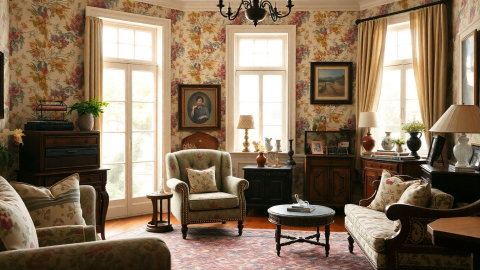
Grandmillennial Style: When Granny Chic Meets Millennial Sass

Bauhaus Interior Design: A Century of Influence and Innovation
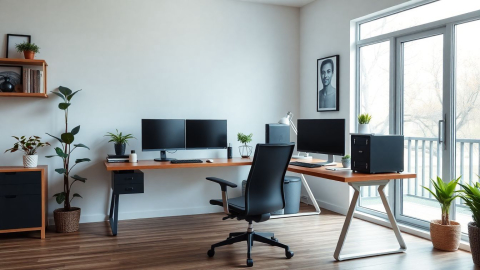
Inspiring Modern Home Office Design for 2024: A Comprehensive Guide
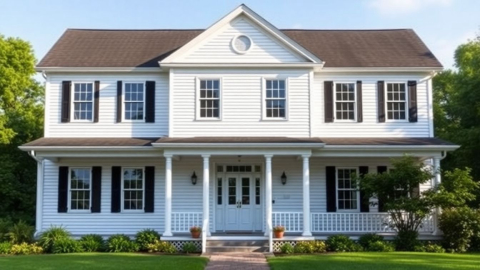
American Colonial Architecture: A Satirical Stroll Through History's Architectural Attic
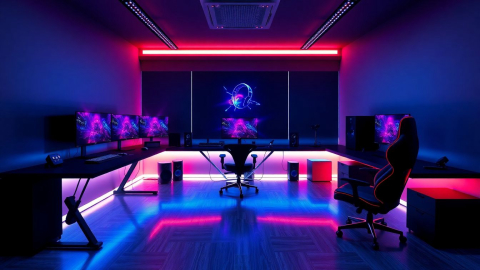
Designing the Ultimate Gaming Room: A Guide to Creating Your Perfect Digital Playground
